
Cracks appear among Iran elite as senior figure calls for hijab policing rethink
Prominent conservative politician Ali Larijani warns against ‘rigid response’ after month of unrest
Patrick Wintour Diplomatic Editor
Wed 12 Oct 2022 11.45 EDT
Cracks appear among Iran elite as senior figure calls for hijab policing rethink
Prominent conservative politician Ali Larijani warns against ‘rigid response’ after month of unrest
Larijani has been a central figure in Iranian politics for decades. Photograph: Omar Sanadiki/Reuters
The first cracks have started to appear among Iran’s political elite over the country’s month-long women-led protests, with a senior figure calling for a re-examination of the enforcement of compulsory hijab law and an acknowledgment that the protests have deep political roots, and are not simply the product of US or Israeli agitation.
The call for restraint came from Ali Larijani, a former speaker of the Iranian parliament and an impeccable establishment figure.
His tone contrasted with a continued uncompromising line on Wednesday from the supreme leader, Ayatollah Ali Khamenei, parliament and security forces, as well as concerted efforts to undermine the credibility of the family of Mahsa Amini, the 22-year-old Kurdish woman who died after being arrested by morality police last month, sparking a wave of protests across the country.
Protesters had called for a mass rally in Tehran on Wednesday after violence overnight in the capital and in the Kurdish towns of Sanandaj, Saqez, Bukan and Dehgolan. Many shops remained shut in protest against the regime, while a demonstration led by the Tehran bar association was broken up by security forces.
Internet blackouts have continued in an effort to stop the protesters gathering, as it has become increasingly clear that many on the streets are no longer only interested in the policing of the hijab, but want the entire regime overthrown.
The Iran Human Rights centre, based in Oslo, said the death toll had surpassed 200. A well-known reformist politician, Mostafa Tajzadeh, was also sentenced to eight years in prison for collusion with others against the system. Ali Salehi, prosecutor general in Tehran, said 60 indictments had been issued against rioters in the capital.
But in a sign that the one-dimensional harsh line of the government is not universal, Larijani broke a long period of silence to question excessive state enforcement of the hijab, the issue that may have led to Amini’s death.
In a lengthy interview with an Iranian news site, he warned that extremism in enforcing social mores leads to extremist reactions. “The hijab has a cultural solution, it does not need decrees and referendums. I appreciate the services of the police force and Basij [paramilitary militia], but this burden of encouraging the hijab should not be assigned to them,” he said.
“Do not doubt that when a cultural phenomenon becomes widespread, rigid response to it is not the cure. The people and young people who come to the street are our own children. In a family, if a child commits a crime, they try to guide him to the right path, the society needs more tolerance”.
He added: “It’s like a person has a migraine, but we write a prescription for him like a person with a heart disease and all its arteries are closed. In the issue of hijab, we were in this situation.”
Larijani pointed out that during the period of the Shah’s rule prior to 1979, the hijab was not encouraged, but many people wore hijab voluntarily.
“Islamic government means that people manage their own affairs. It is the same in terms of social justice. If the affairs are managed by the people, their talents will flourish.
“The problem is that if in a society, young people do not implement one of the sharia rulings correctly from an intellectual and social point of view, this is not 100% wrong.”
He also rejected the widely promoted theory that Iran’s Islamic society may crumble the way that Andalusia – according to some scholars – fell into Christianity in the 15th century due to the removal of the requirement to wear the hijab.
He said that in some Islamic societies, “hijab rules are more rigid than ours. Is there less corruption in them? No, it was more hidden.”
Larijani has been a central figure in Iranian politics for decades. He was banned from standing for the presidency last year ostensibly because the guardian council deemed him unqualified, but in reality due to the threat he posed to the winner, Ebrahim Raisi, the candidate favoured by the supreme leader.
Criticism is also creeping into the heavily censored press that veers from denouncing the riots to dismissing the notion that any protests exist.
“What is currently happening on the level of governance in our country is based neither on the separation of powers nor [the inclusion of] a diversity of outlooks in management,” read a piece in the daily Jomhuri-ye Eslami.
“We have witnessed the consequence of a non-inclusive view [of governance] in our country over the past 14 months,” it said.

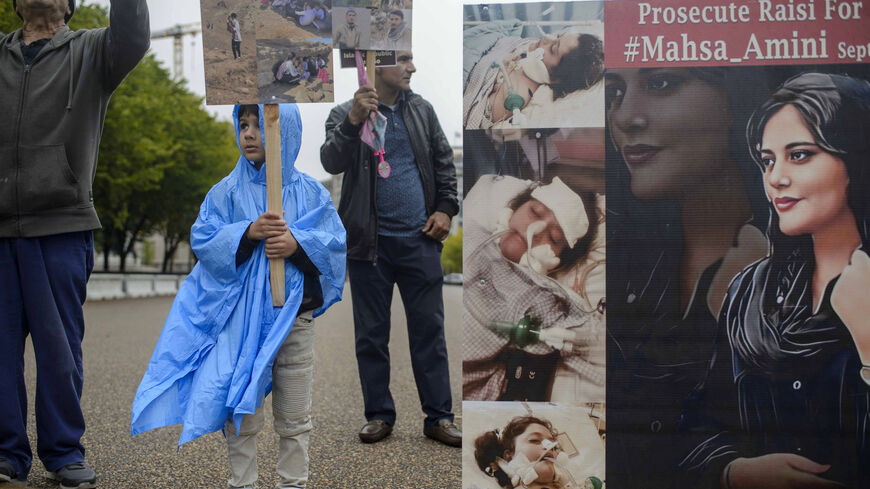



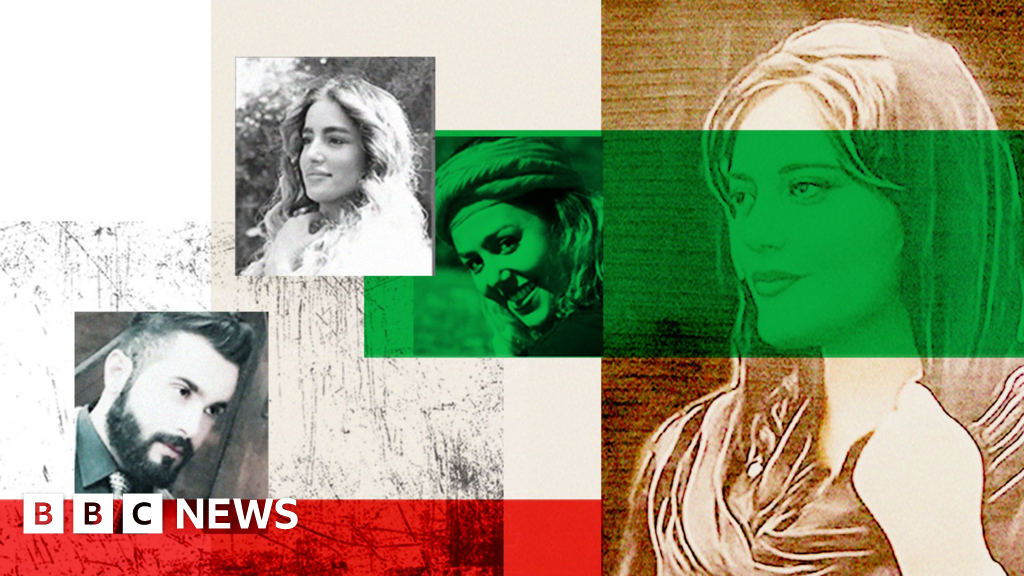

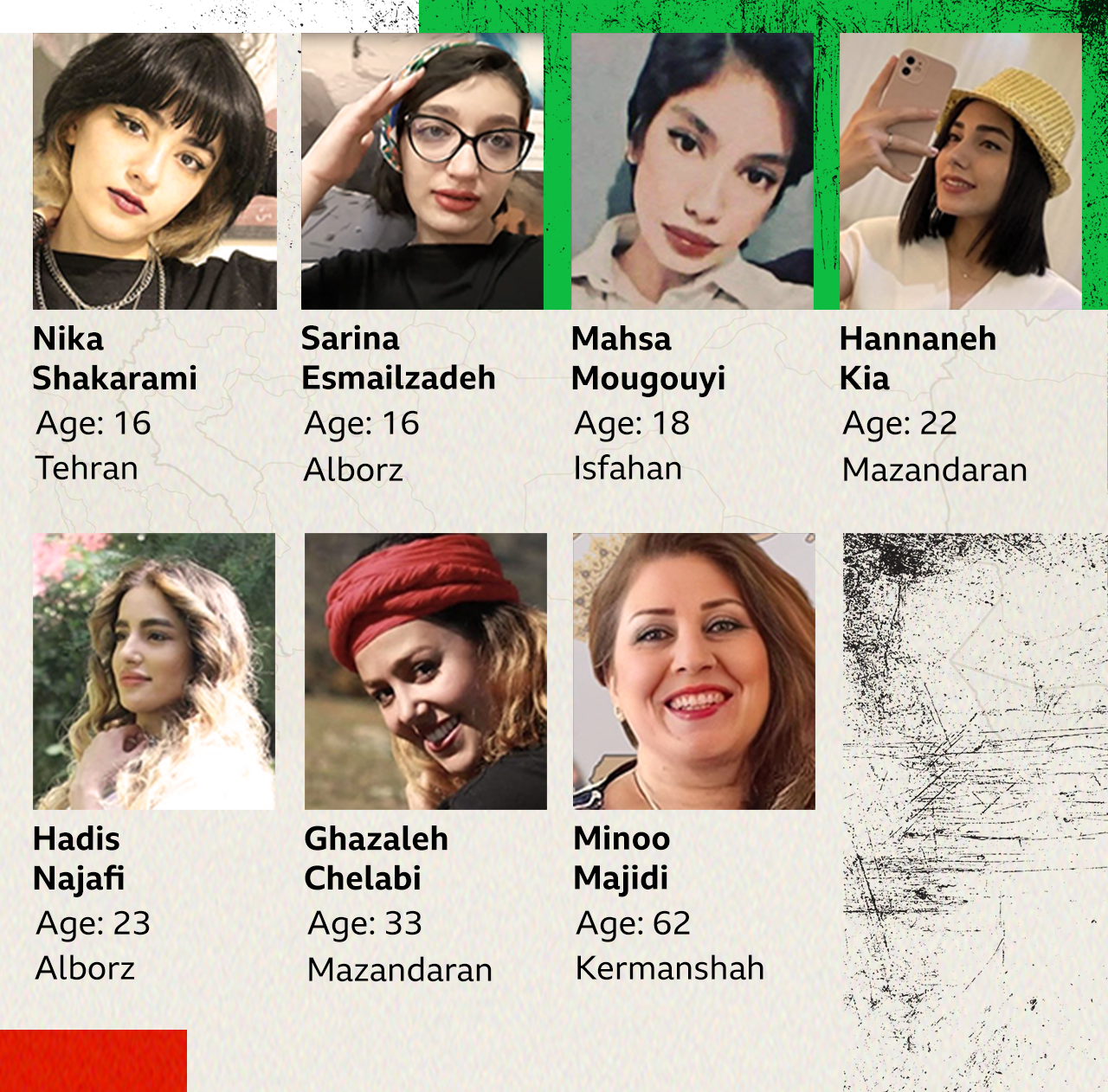

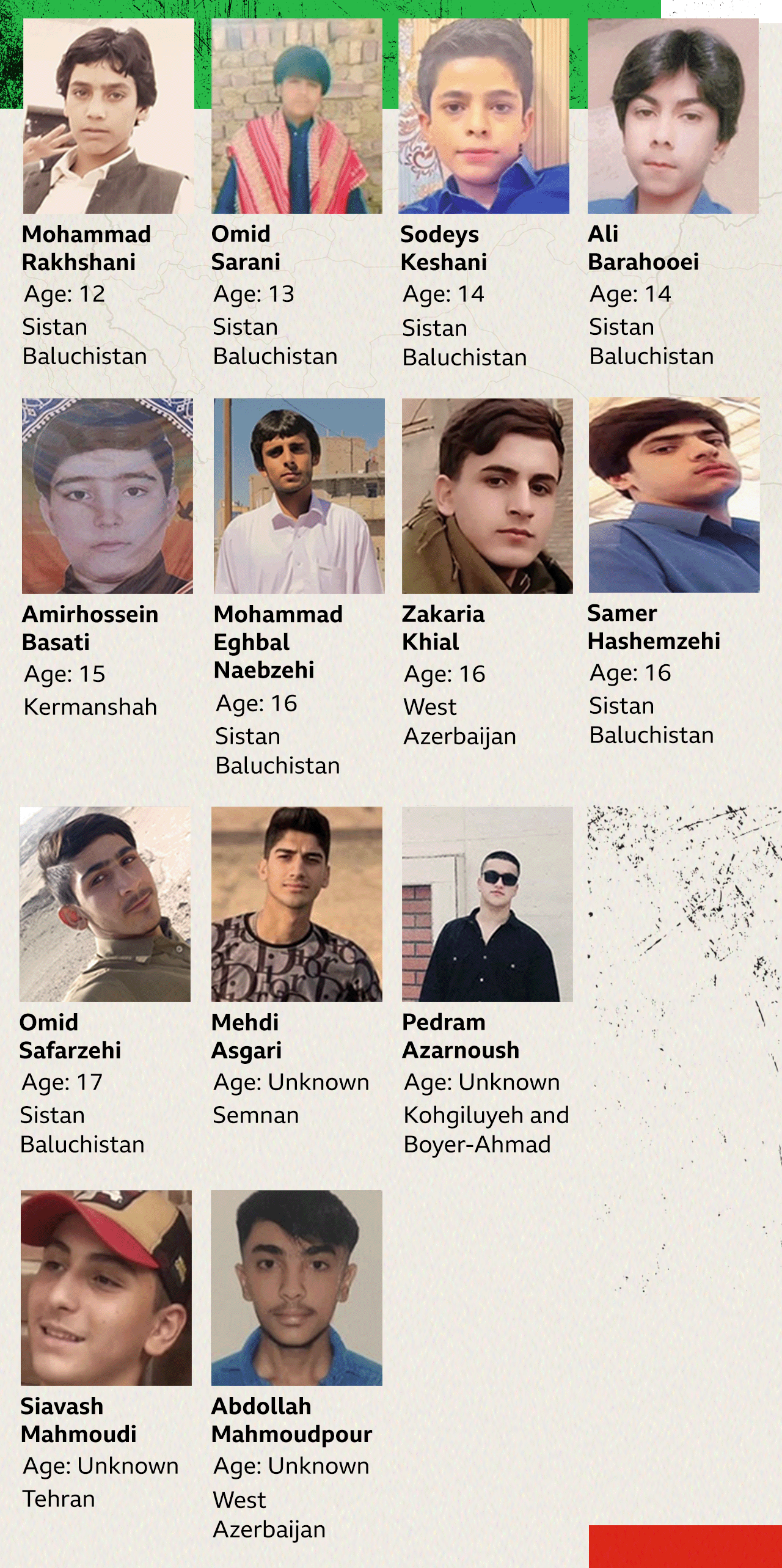
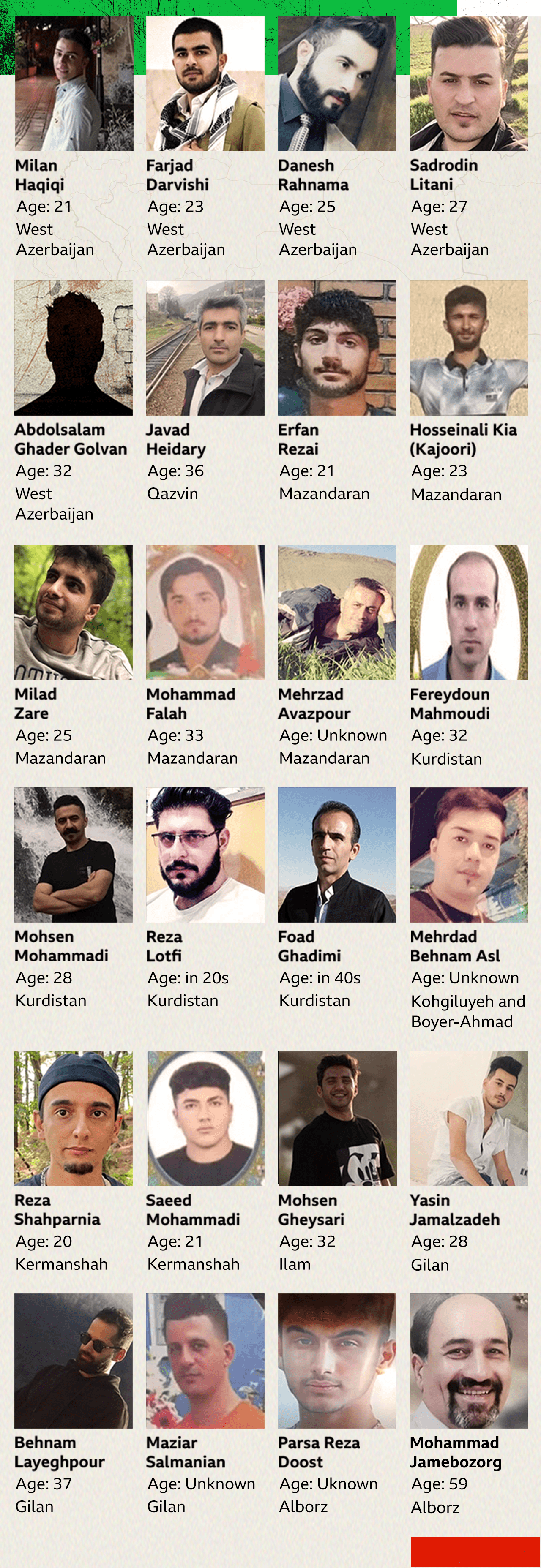
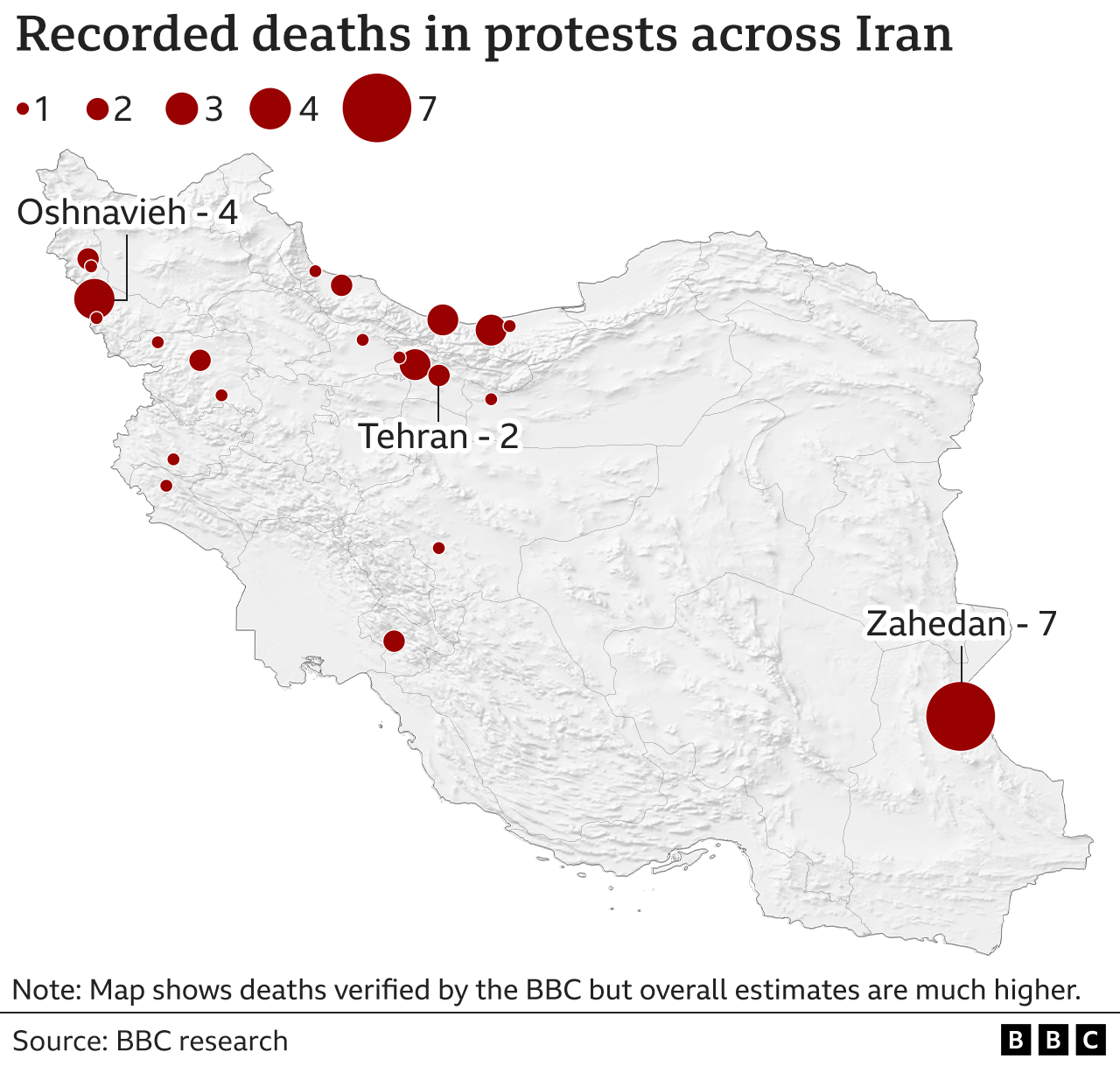
/cloudfront-us-east-2.images.arcpublishing.com/reuters/VZFXZJ5IVFL7HL5DA4NDVVPPZ4.jpg)



